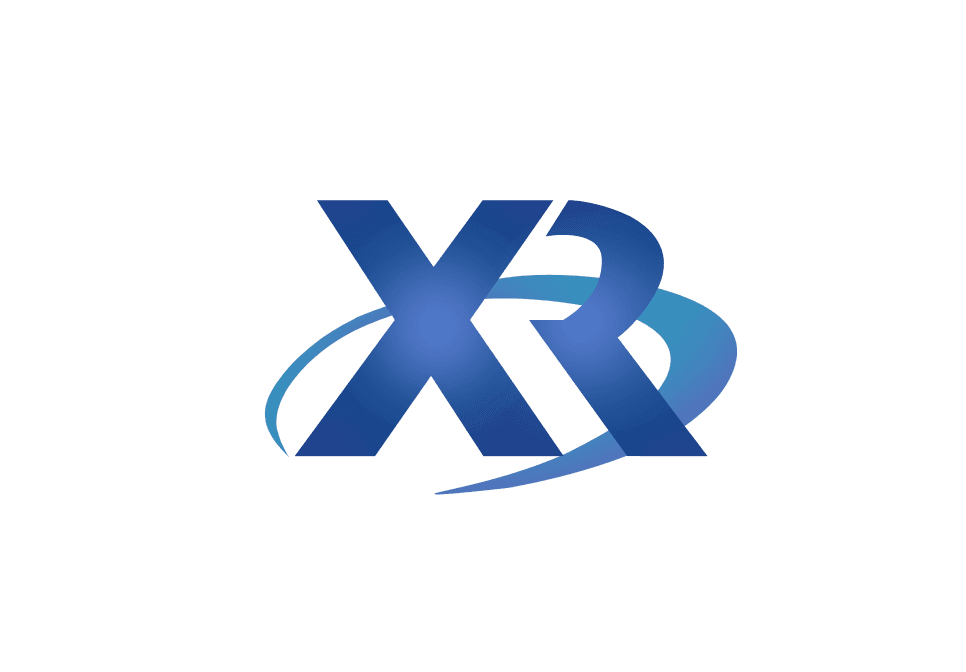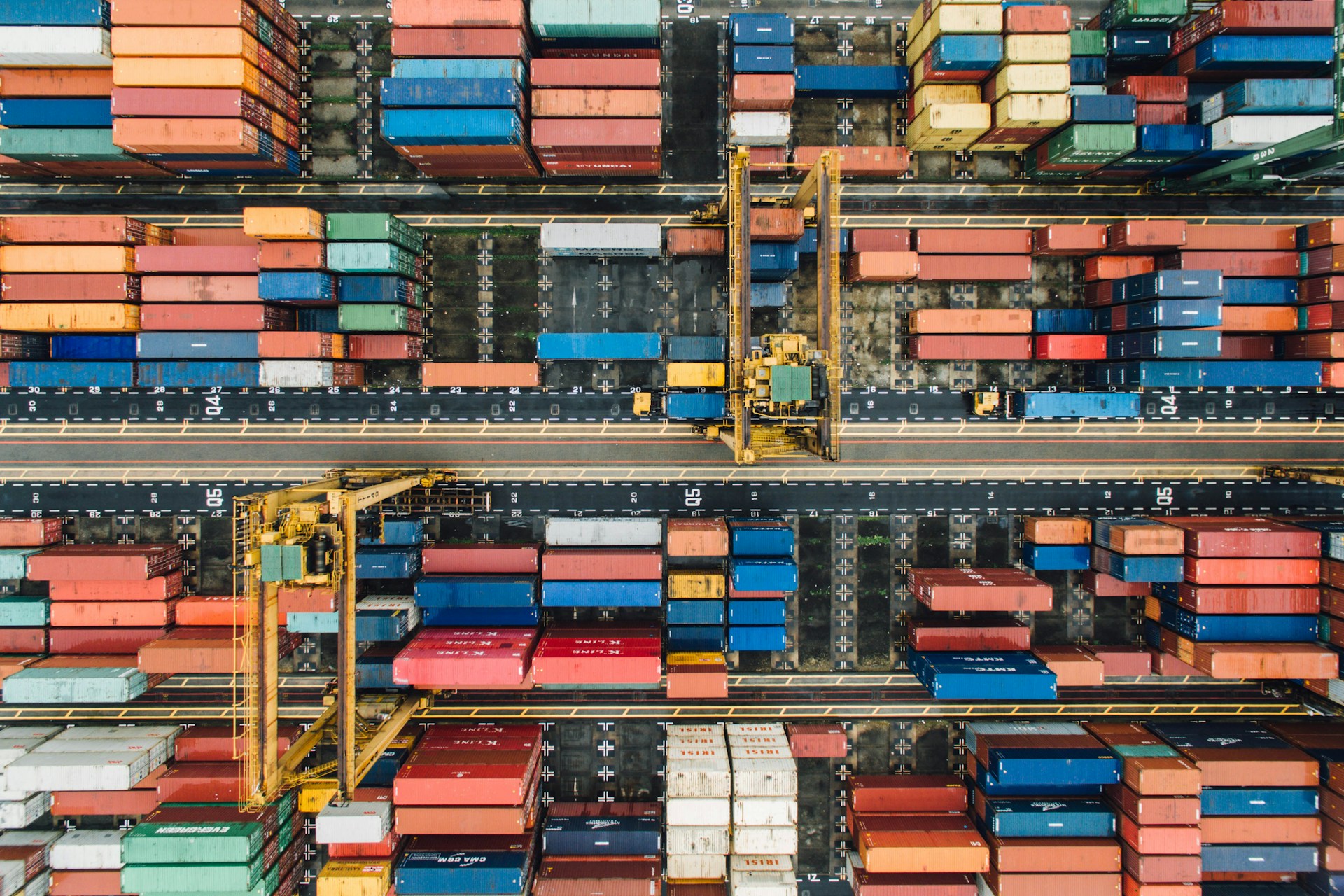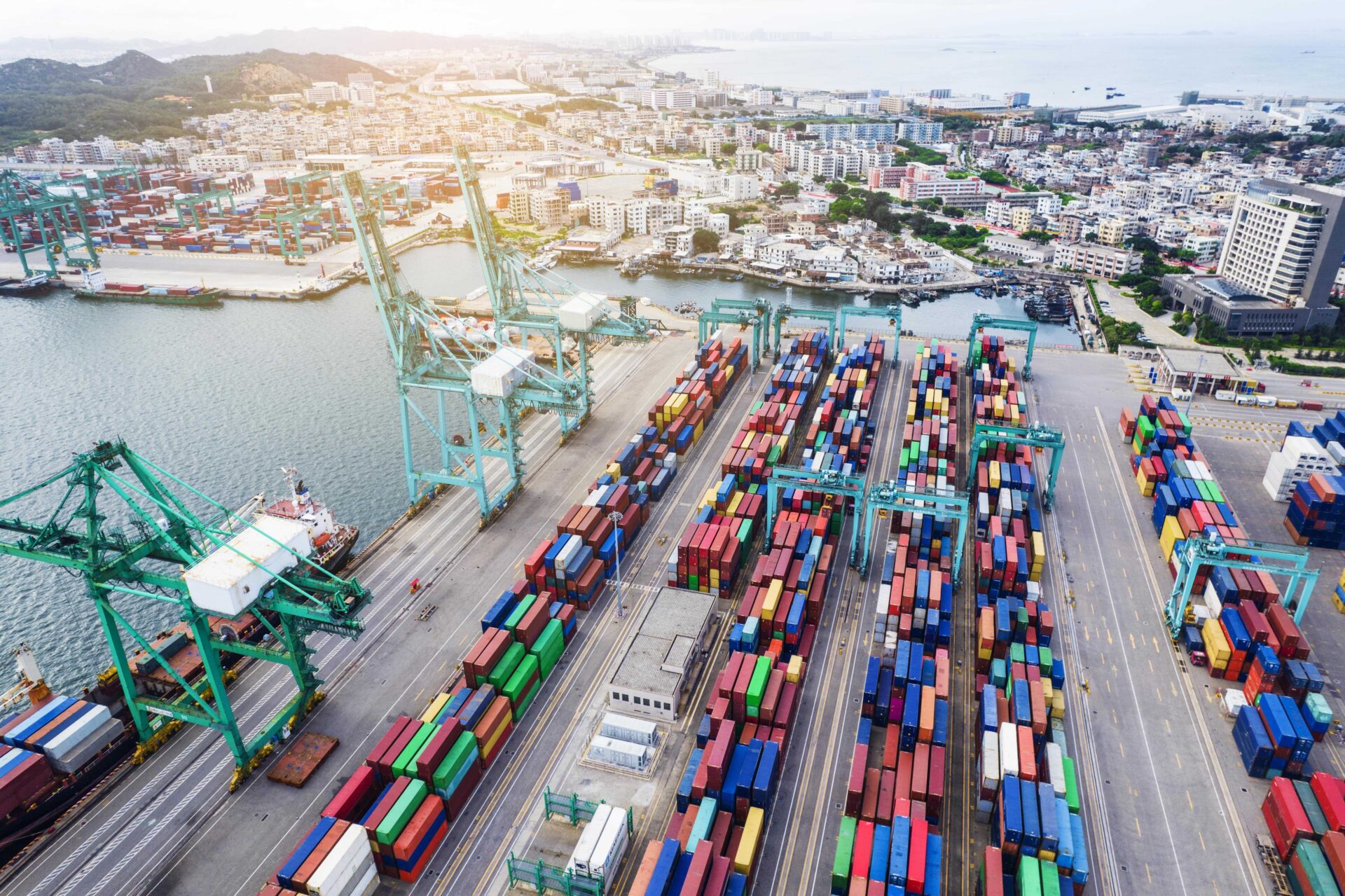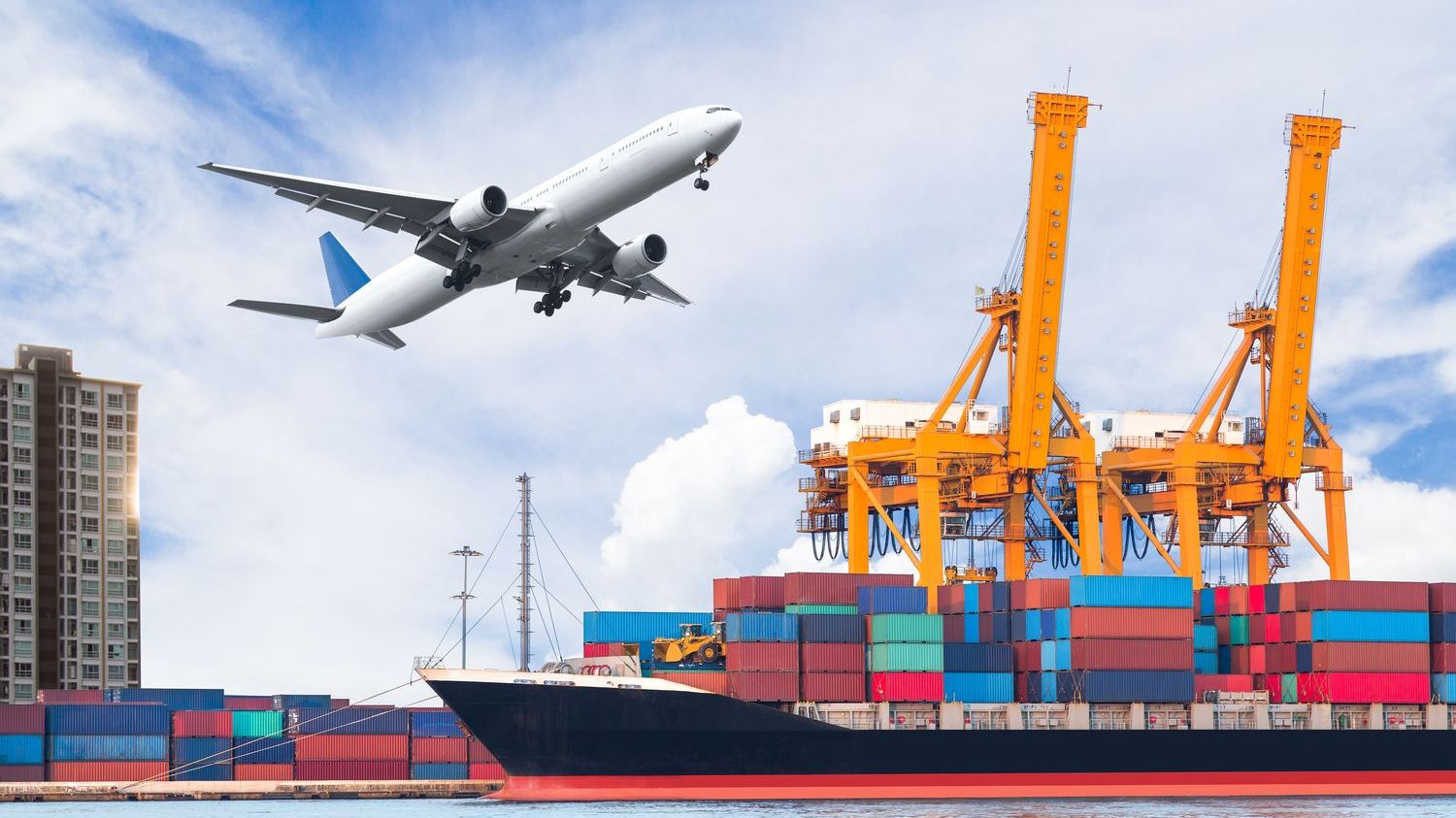In today’s globalized business landscape, shipping goods from China to the United States is a critical aspect for many companies. The fluctuating container costs between these two major economies have become a key factor affecting supply chain efficiency and profitability. As businesses seek to streamline their operations and minimize expenses, understanding the intricacies of container costs is essential. This article delves into the factors influencing these costs, highlights the challenges faced by importers, and suggests a reliable partner like XRGLOBAL to navigate these complexities.
China, as the world’s manufacturing hub, has long been the go-to destination for companies looking to source products at competitive prices. However, the journey from Chinese factories to American shores is not without its financial hurdles, primarily driven by container costs. Container rates are determined by a complex interplay of various elements, including demand and supply dynamics, port congestion, freight market conditions, and geopolitical factors.
Firstly, the供需 imbalance plays a significant role. When demand for shipping containers outpaces supply, prices tend to soar. This was particularly evident during the COVID-19 pandemic, when restrictions on international trade temporarily disrupted the flow of goods, leading to a surge in container demand and consequent rate hikes. Conversely, during periods of low demand, prices may drop, providing暂时的 relief to importers.
Another crucial factor is port congestion. The busiest ports in both China and the US, such as Shanghai, Ningbo-Zhoushan, and Los Angeles/Long Beach, often experience bottlenecks due to increased trade volume and inadequate infrastructure. Delays in loading and unloading containers can significantly inflate costs, as they result in extended time at anchor and storage fees.
Geopolitical tensions also contribute to container cost fluctuations. Tariffs imposed by countries on imported goods, trade disputes, and policy changes can all impact the overall cost of transportation. For instance, the ongoing trade war between China and the US had led to increased duties, driving up the price of shipping containers.
Navigating these complexities requires a deep understanding of the market dynamics and access to real-time data. XRGLOBAL, a reputable logistics and supply chain management company, stands out as an expert partner in this regard. With their extensive network and advanced technology, XRGLOBAL offers transparent pricing, proactive risk management, and customized solutions to help businesses optimize their container costs.
XRGLOBAL’s services include monitoring market trends, negotiating with carriers, and providing strategic advice on container allocation and routing. They employ a data-driven approach to forecast and mitigate potential disruptions, ensuring that clients are always aware of any changes in the market that could affect their costs. By partnering with XRGLOBAL, businesses can benefit from their expertise and avoid unnecessary expenses.
To further reduce costs, companies can explore alternative modes of transportation, such as rail or air freight, which might offer more predictable and stable rates compared to sea freight. However, this depends on the nature of the product, urgency, and the overall trade lane’s competitiveness. XRGLOBAL can analyze each case individually to determine the most cost-effective solution.
In addition to cost optimization, XRGLOBAL emphasizes the importance of sustainability in shipping. They work with environmentally conscious practices, like using eco-friendly packaging and promoting efficient container utilization, to reduce the carbon footprint of their clients’ operations.
In conclusion, understanding and managing container costs from China to the USA is a strategic challenge for businesses. Factors like market dynamics, port congestion, and geopolitical risks significantly influence these costs. By partnering with a reliable and experienced player like XRGLOBAL, companies can gain valuable insights, streamline their processes, and ultimately save on shipping expenses. Embracing a comprehensive approach that combines expertise, technology, and sustainability will undoubtedly contribute to a more streamlined and profitable supply chain.




